
Q. I've been keeping varieties of goldfish for many years — my first one lived eight years by himself in an unfiltered 5-1/2 gallon aquarium with biweekly complete water changes. Since then I have learned an enormous amount about goldfish. One problem, however, still plagues me — avoiding "new tank syndrome."
I recently purchased four small bubble eyes for a 20-gallon aquarium. After only three days one fish died from dropsy. A week and a half later another showed signs of finrot.
The ammonia levels are only slightly raised, and I keep doing 25- to 50-percent water changes weekly. Your help would be greatly appreciated.
A. You have several things to consider. New tank syndrome occurs when aquariums or ponds are set up for the first time — it's a water quality problem. Lacking an established colony of nitrifying bacteria, ammonia levels in the water rise to toxic levels. As the nitrification process takes hold, nitrite (an even more toxic substance) concentrations also rise The process of establishing effective nitrification takes four to six weeks, and deaths usually being after the first week or two.
This is easily avoided. All you need to do is set up a new aquarium without fish, start the filter, add several parts per million of ordinary household ammonia every other day for four weeks, and you will have established a healthy population of nitrifying bacteria.
Test the water every couple of days. You will see ammonia and nitrite levels rise and fall. When they stabilize near zero (after about a month) you can add fish.
I doubt, however, that this is your problem. The fish load was too small for the volume of water to produce ammonia poisoning. Did you test your water for chlorine and chloramine? If it was present did you neutralize these agents?
You should also compare the pH in your tap water with that from the aquarium store. It sounds much more like severe water quality stress depressed the fish's natural defenses.
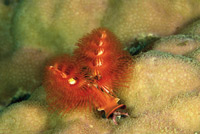 Aiptasia
Q. I have Aiptasia all over my aquarium and have been
Aiptasia
Q. I have Aiptasia all over my aquarium and have been
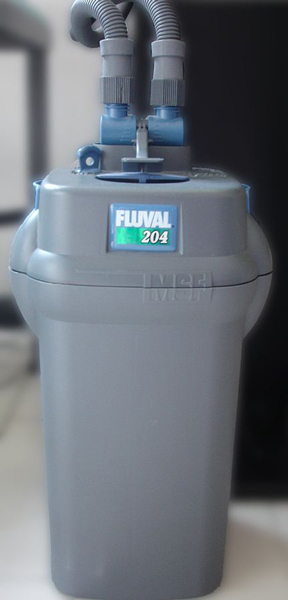 Canister Filters
In this article we will deal with a type of filter that many
Canister Filters
In this article we will deal with a type of filter that many
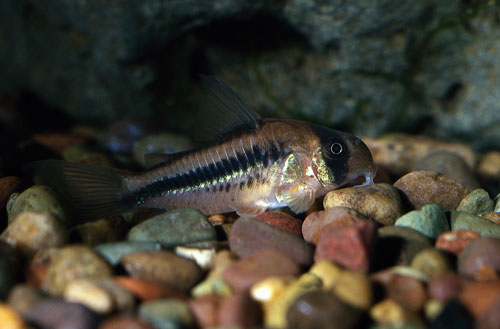 Top 10 Fishkeeping Mistakes
Aquarists can say they’ve never made a mistake in their fish
Top 10 Fishkeeping Mistakes
Aquarists can say they’ve never made a mistake in their fish
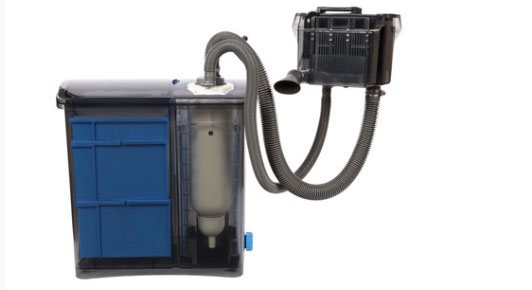 Aquarium Filtration Done Right
Today, keeping unique aquatic species is now commonplace tha
Aquarium Filtration Done Right
Today, keeping unique aquatic species is now commonplace tha
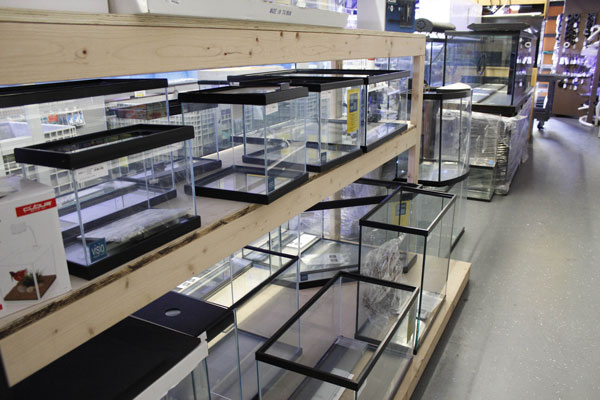 Five Tips for Freshwater Aquarium Success
You spent countless hours researching the latest products to
Five Tips for Freshwater Aquarium Success
You spent countless hours researching the latest products to
Copyright © 2005-2016 Pet Information All Rights Reserved
Contact us: www162date@outlook.com